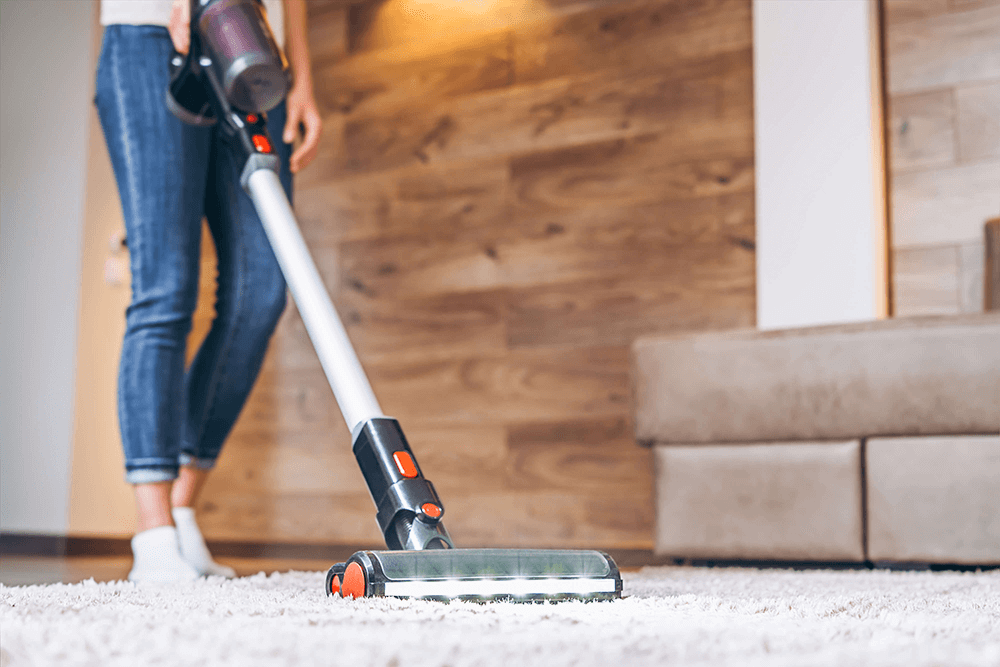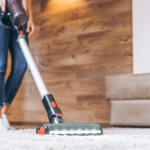
January is the month of learning to use any new gadgets we received at Christmas. Learning how to use new electricals can be great fun for the whole family – or just yourself! – but it’s essential that people learn how to use lithium-ion battery products safely and stay safe from the risk of fire.
Lithium-ion Battery Products and Gadgets
There’s probably not a household in the country that doesn’t have at least one lithium-ion battery product or gadget – and Christmas is the prime time for adding more to the mix.
Whether it's an electric toothbrush, a hoverboard, or a shiny new pair of wireless headphones, we have become a society obsessed with lithium-ion battery products.
But many of us probably aren’t even aware of the risks.
These electricals, and many more like them, contain powerful rechargeable batteries. They are brilliant pieces of kit that are, on the whole, very safe. But, on the rare occasion that they do malfunction or are mishandled, they don’t do things by halves!
They burn a lot hotter than conventional fires and are a lot trickier to put out. This is due to the chemical reaction that happens within the battery itself.
As Matt Humby, Senior Technical Sales Consultant at Firechief®, explains on our CPD Level 1 course, the inner workings of the battery are interrupted and the resulting power which is normally reserved for fuelling our electricals, is unleashed in a ball of flames and toxic gases.
Staying Fire Safe
The key to looking after lithium-ion battery products is knowing how they work. And how to recognise the warning signs of malfunction.
Education, as always, is key.
Many of us have probably had our phones or other electronic devices overheat or feel warm to the touch. This can be the first sign of an overworked battery.
Dropping, damaging, or immersing electricals in water can also cause lithium-ion battery products to malfunction.
Lancashire Fire and Rescue Service report that 70% of lithium-ion battery fires in the last three years have involved chargers!
Knowing how to safely charge these devices can be the difference between safety and disaster.
How to Safely Charge Lithium-ion Battery Products
These are the tips recommended by Lancashire Fire and Rescue Service:
- Always use the charger supplied with the device or recommended by the manufacturer
- Charge the device on a flat, solid, and stable surface
- Only charge the device for the recommended charging time and don’t leave it unattended
- Keep the device away from flammable materials when charging
- Never charge lithium-ion battery products blocking, or near, escape routes – if possible, charge and store them away from your living areas
- Avoid storing, using, or charging lithium-ion batteries at extreme temperatures – either high or low
- If the device has not been used for quite some time, take extra care when you charge it – lithium-ion batteries do not react well to being discharged to a very low voltage
- Protect batteries from being damaged – crushed, punctured, or immersed in water – and do not use it if it looks physically damaged
To learn more about Lithium-ion batteries and fire safety head to our battery safety website!


The Firechief® range includes high-performance fire extinguishers, fire blankets, first aid kits, lithium-ion fire extinguishers and the Kitchen Stove Guard. For more information, call us on +44 (0)330 999 0019 or email sales@firechiefglobal.com.
The information contained within this blog is provided solely for general informational and educational purposes and is not intended as a substitute for professional advice. Before taking any actions based upon this information, we advise the reader to consult any and all relevant statutory or regulatory guidance and where necessary to consult a qualified fire or industry regulation professional. The use or reliance on any information contained herein is solely at the reader's risk.

